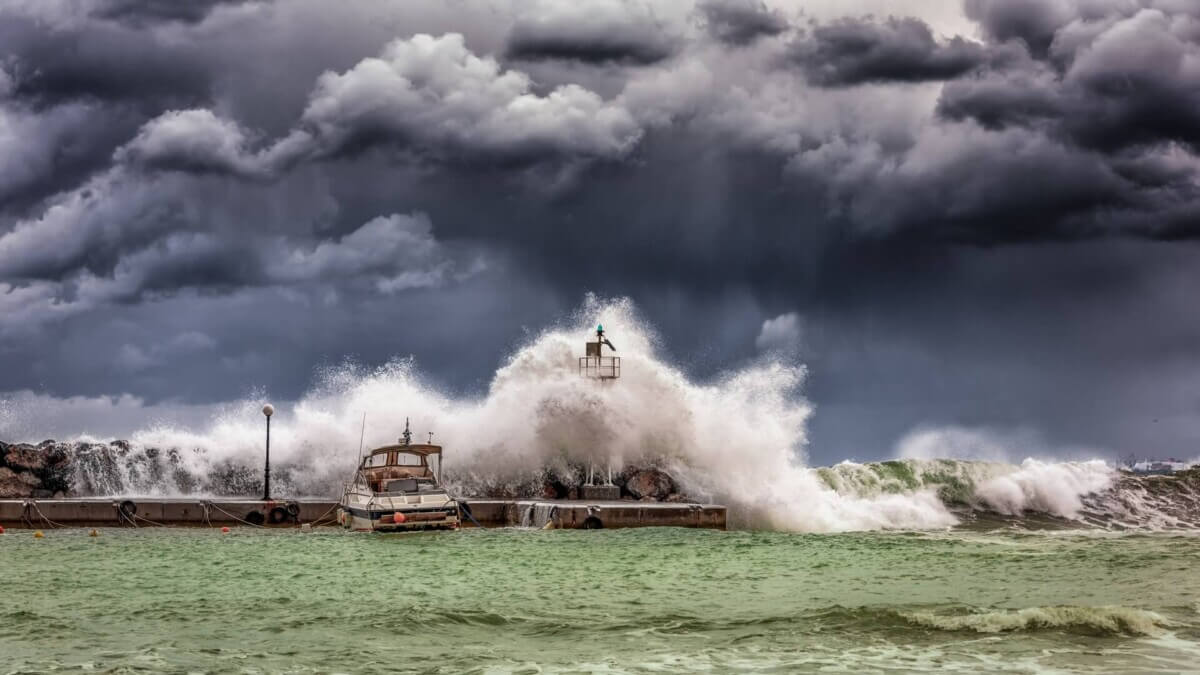
(Credit: GEORGE DESIPRIS from Pexels)
HOBOKEN, N.J. — When Hurricane Sandy hit the New York area in 2012, it brought flood levels that hadn't been seen in decades. “Super storms” like Sandy occur very rarely nowadays, but researchers from Stevens Institute of Technology, focusing on Jamaica Bay, New York, predict severe flooding and intense hurricanes are going to become more and more common over the next few decades.
Study authors say their projections should motivate decision makers and local municipalities to put more resources and energy to use right now to create additional coastal flood defenses. On a larger scale, researchers believe their findings should be a grave warning to the entire east coast of the U.S. on what the future may hold due to climate change.
“While this study was specific to Jamaica Bay, it shows how drastic and costly of an impact that climate change will make,” says Reza Marsooli, assistant professor of civil, environmental and ocean engineering at Stevens, in a university release. “The framework we used for this study can be replicated to demonstrate how flooding in other regions will look by the end of the century to help them mitigate risk and best protect communities and assets in impacted areas.”
Floods to go from once in a lifetime, to once every few years?
Using projected greenhouse gas concentrations by the end of this century, Marsooli and his co-author Ning Lin of Princeton University created a series of high resolution simulations. Each simulation predicted the likelihood of coastal flood levels at varying degrees of intensity. The data also accounted for rising sea levels (wave height) as well as hurricane behavior (storm surges).
Based on these simulations, researchers say the current, historic 100-year flood level cycle (1-in-100 chance of a super-severe flood annually) will become just a nine-year flood level cycle by roughly 2030-2050. By 2080-2100, it will be a one-year flood level cycle. Sandy was the last storm to reach 500-year flood levels. Researchers say storms of that severity will soon become a 143-year flood level cycle. By the end of the century, it will be just a four-year flood level cycle.
Also, straight out of a summer blockbuster, waves during these flooding events will reach extreme heights. Waves of this magnitude would virtually ensure extensive destruction to coastal buildings, homes, and infrastructure.
“Future projections of the hurricane climatology suggest that climate change would lead to storms that move more slowly and are more intense than we have ever seen before hitting Jamaica Bay,” Marsooli concludes. “But the increase in these once-in-a-generation or even less frequent floods is so dramatic because the impact of sea-level rise will create greater flooding, even if the storms we were seeing today stayed the same.”
The study is published in Climatic Change.










